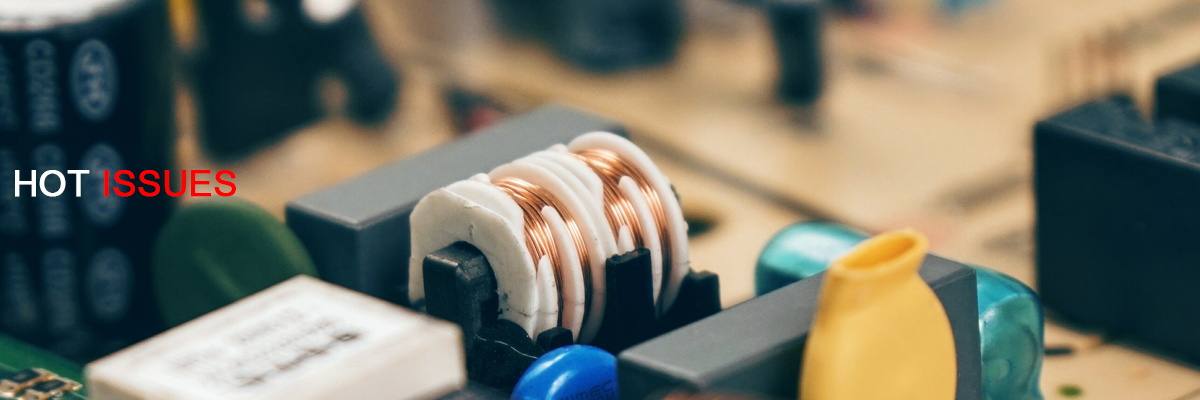PCBs (Printed Circuit Boards) can be classified into rigid PCBs and flex PCBs and the former can be classified into three types: single-sided PCB, double-sided PCB, and multi-layer PCB.
According to quality class, PCBs can be classified into three quality classes: Class 1, Class 2 and Class 3 among which Class 3 features the highest requirement. The difference in PCB quality class leads to differences in terms of complexity and test and inspection method.
Up to now, rigid double-sided PCBs and multi-layer PCBs account for the relatively large applications in electronic products and flex PCBs are sometimes applied in some circumstances. Therefore, quality inspection issues will be discussed focusing on rigid double-sided and multi-layer PCBs in this article.
After PCB fabrication, inspection has to be carried out in order to determine whether the quality is compatible with design requirement. It can be put that quality inspection is the important insurance of product quality and smooth implementation of subsequent procedures.
Inspection Standard
PCB inspection standard comes primarily in the following aspects:
a. standards made by each country;
b. the military standard of each country;
c. the industrial standard such as SJ/T10309;
d. PCB inspection operation instruction enacted by device supplier;
e. technological requirement labeled on PCB design drawings.
For PCBs that have been determined as a keyboard in a device, besides regular inspections, those key characteristics parameters and indexes have to be focused and inspected from head to toe.
